ATTENTION: Tellurium Q products can only be shipped in Italy, for this reason orders received from abroad will be canceled.
Sonnet Pasithea DAC non-oversampling +USB +I2S
Pasithea, the personification of relaxation and meditation. It is fair to say that in our latest design this has been achieved. A new dac above the Morpheus, with better specifications and more versatile. But above all, a soundscape as if it had come directly from the recording engineer's mixing console, without any degradation. There are few words to describe a product that does its work so neutrally. This is the Pasithea in a nutshell.
Because of the enormously energy-efficient electronics, there was room to add even more high-end technology within the dimensions of our standard enclosure.. Eight dacs were used to take various specifications to greater heights. Linearity , lower distortion , even at extremely low levels and a noise floor 10 dB lower than the Morpheus. The eight SDA-3 modules developed for this design collectively have a very low output impedance so that any load can be driven. Flexibility has also been increased and inputs such as I2S and USB are standard without having to swap modules.
To control very sensitive electronics, it is possible from the menu to attenuate the signal by 10dB, in addition to the physical attenuator which also realizes a 10 dB attenuation as well. And all this with a extremely low impedance (XLR output) so that any amplifier with whatever sensitivity can be driven.
Special attention to linearity. In addition to the fact that a dac should have no errors so that the data in the digital domain matches the value in the analog domain, noise plays another important factor here. If the noise is low it will be possible to make the last steps visible so that there is a real 24 bit performance.
The linearity plot below was made on the Pasithea. These low noise figures allow a better dynamic range to be obtained and it should be clear via measurements if the last bits become visible. The linearity plot is set to a range of -160 dB. If the dac module is capable as a result of its low noise and high linearity, then the first bits should show up as stair steps. The more bits involved the smaller the steps become until they are no longer visible and the plot changes to a straight line.

Pasithea
Balanced Non oversampling DAC
Four SDA-3dac modules per channel in differential mode
Power supply 30VA 110/115V AC 220/230V AC 60/50Hz. Power required max 16 Watts
Input 1x optical, 1x coaxial and 1x AES/EBU, 1x I2S and 1x USB input.
Output 1x stereo pair single ended 2 Volts RMS. In -10dB mode 0.66 Volts RMS
Output 1x stereo pair XLR balanced 4 Volts RMS In -10dB mode 1.33 Volts RMS
Frequency Response 44.1 kHz sampling 1Hz – 20 khz -1dB
Frequency Response 192 kHz sampling 1Hz – 65 kHz – 3dB and 384kHz (Windows only)
Distortion 0.001% THD
Channel separation 125dB
Noise Floor -160 dB related to 4 Volt RMS
Output impedance RCA 100 Ohm, XLR 16 Ohms, Physical -10dB setting 8 Ohms
Sampling rate Optical 44.1 – 96 kHz
Sampling rate Coax and AES/EBU: 44.1 -192 kHz
Sampling rate USB 44.1 – 384kHz
Aluminum six button remote control included.
Possible options:
MQA module (standard not included)
Dimensions 290 x 250 x 60 mm
Weight 3.5KG
----
You may think that Sonnet Digital Audio is a new name in the world of the true Hi-Fidelity and the digital technology, but it is only partially so. For sure, Sonnet it is a new brand, but it includes all the previously built-up know-how in Metrum Acoustics, with the most recent technological/product optimizations developed since mid-2018, when Cees Ruijtemberg left Metrum Acoustics to start Sonnet Digital Audio.
Who is Cees Ruijtemberg (Ed.)
Cees Ruijtenberg is the Dutch digital genius. After founded and developed Metrum Acoustics and after having produced some of the best DAC available today at extremely competitive prices, gifted with the most complete, balanced and deeply natural sound, today Cees presents with the top DAC Sonnet Morpheus the design of a further refined Metrum Pavane Level 3. You can hear the difference.
















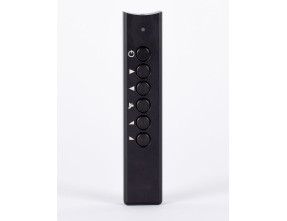

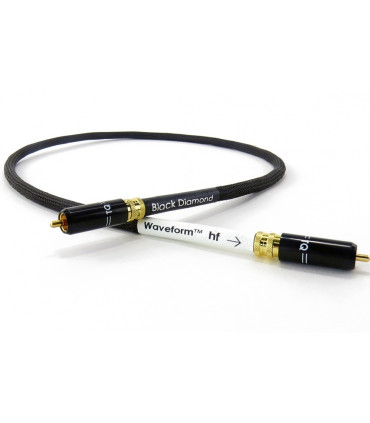

![iDSD Valkyrie DAC and Headphone Amplifier [2nd hand]](https://www.playstereo.com/23708-home_default/idsd-valkyrie-dac-and-headphone-amplifier-2nd-hand-.jpg)
![IFI iDSD 2 DAC and Headphone Amplifier [2nd hand]](https://www.playstereo.com/23713-home_default/ifi-idsd-2-dac-and-headphone-amplifier-2nd-hand-.jpg)
![iFi xDSD Gryphon DAC and Balanced Amplifier [2nd hand]](https://www.playstereo.com/23719-home_default/ifi-xdsd-gryphon-dac-and-balanced-amplifier-2nd-hand-.jpg)
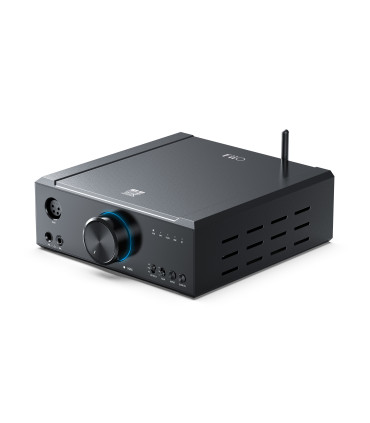
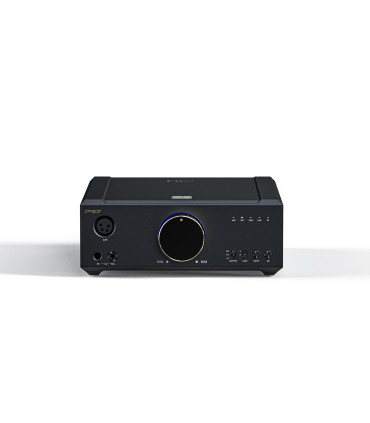

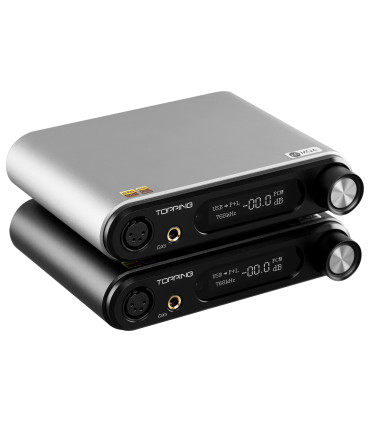
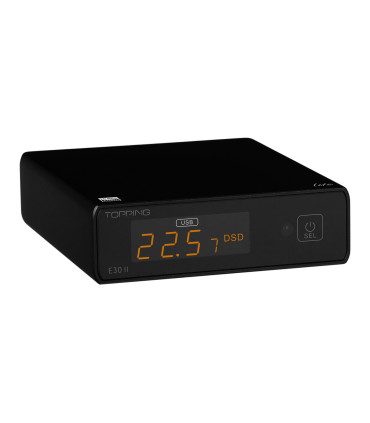


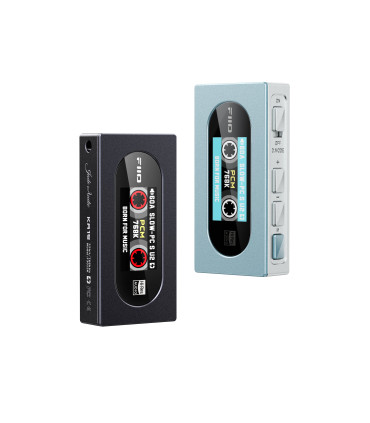
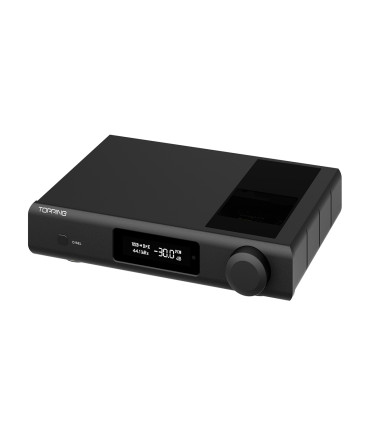
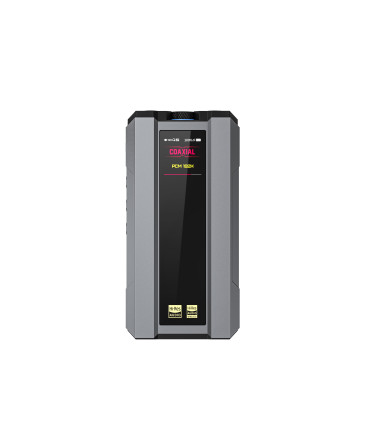

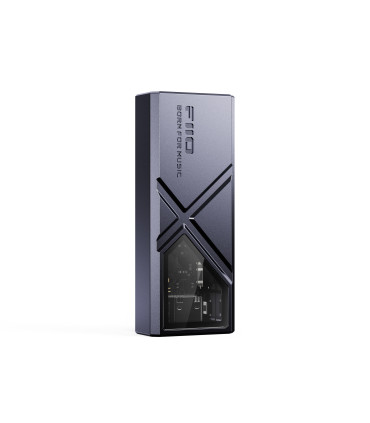


















Leave a review